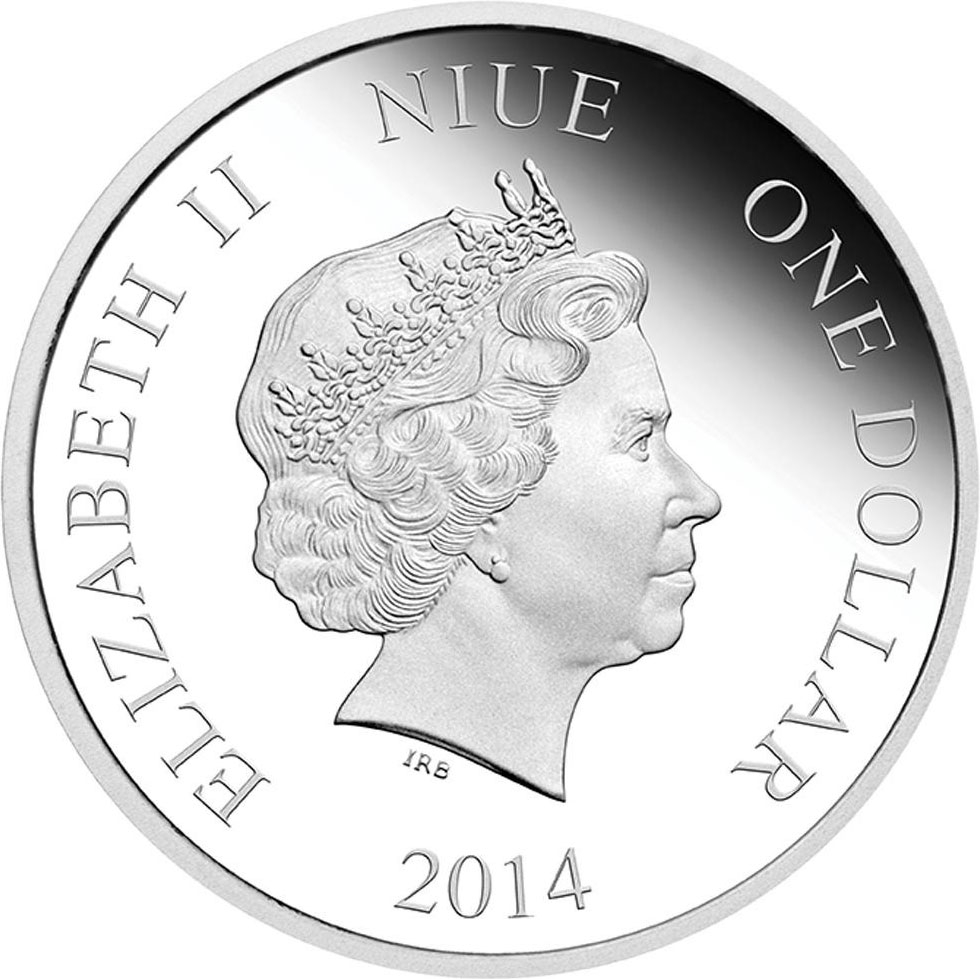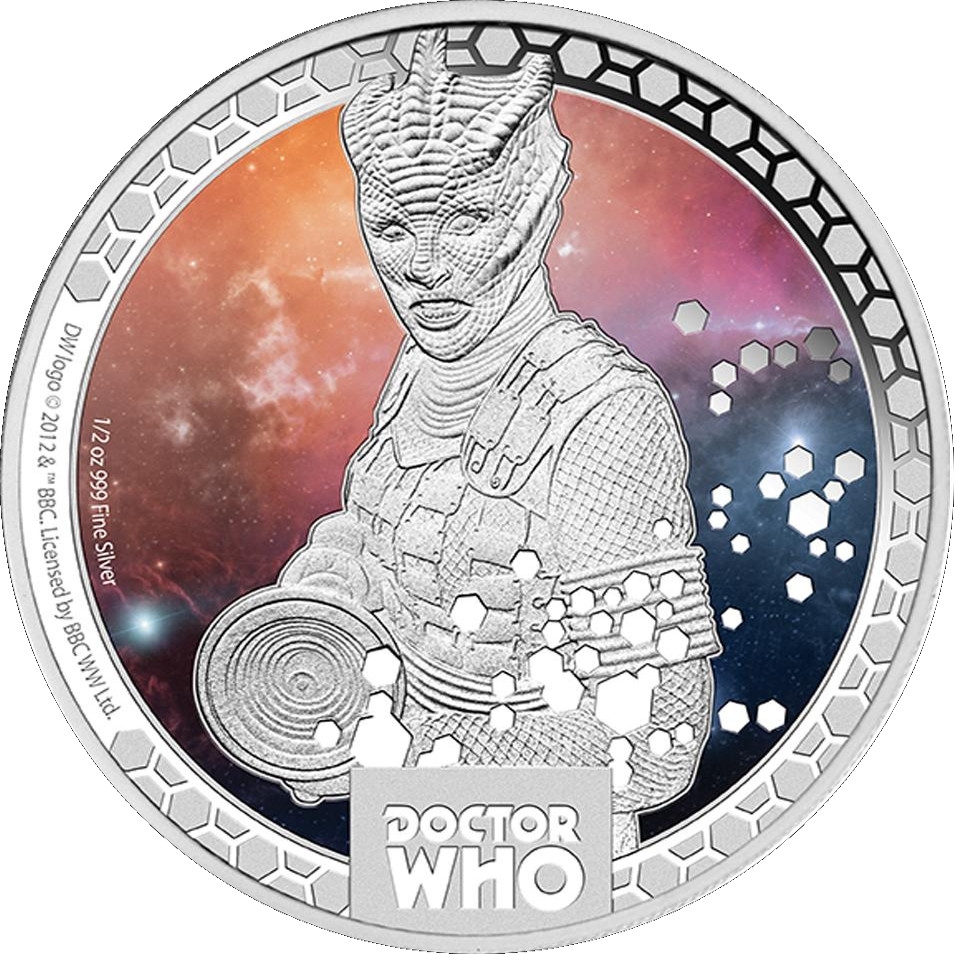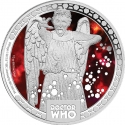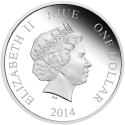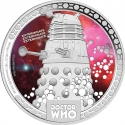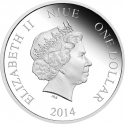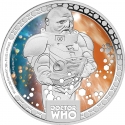You are about to finish your registration. Please check your mailbox (including spam folder). There should be a letter with a confirmation link. Check setting to make sure that your e-mail address is correct.
Send letter againDescription
Doctor Who, a British science fiction TV show broadcast by the BBC since 1963, follows the adventures of the Doctor, an extraterrestrial Time Lord who resembles a human. Traveling in the TARDIS, a time-traveling spacecraft, the Doctor explores the universe. The TARDIS, disguised as a blue British police box, harkens back to 1963 UK. Thirteen actors, starting with William Hartnell, have portrayed the Doctor, with Jodie Whittaker becoming the first female lead in 2017. The transition between actors is woven into the plot through regeneration, where the Doctor gains a new body due to injuries. Each actor brings a distinct portrayal but represents one character's evolution. With its time-traveling premise, different incarnations of the Doctor occasionally cross paths. The show is iconic in British and global pop culture, with a devoted fan base known as Whovians. Holding records for longevity and success, Doctor Who has left a lasting impact on television and inspired spin-offs, comics, novels, and more. Originally running from 1963 to 1989, the show was revived in 2005, produced by BBC Wales, and led to various spin-offs and cultural references.
Obverse

|
Fourth crowned portrait of HM Queen Elizabeth II facing right, wearing the Girls of Great Britain and Ireland tiara. ELIZABETH II NIUE ONE DOLLAR |
|---|---|
Reverse

|
Depicts a Silurian created by Malcolm Hulke set against a dramatic colour background, surrounded by a finely struck border. 1/2 OZ 999 FINE SILVER |
| Edge |
1 Dollar
4th portrait, Half-Ounce Silver Proof Coin
Doctor Who Monsters
Silurian
Subscribe series
N# 68097
Doctor Who Monsters
Silurian
